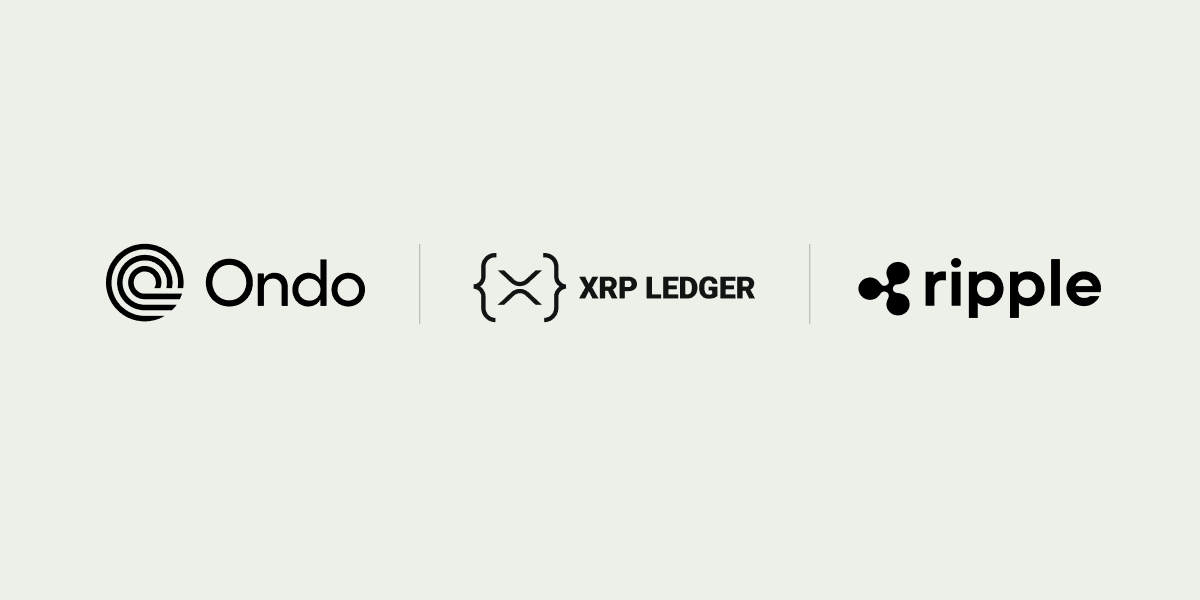Carbon markets are a powerful tool for accelerating progress toward globally agreed-upon climate goals, helping companies reach net-zero emissions and facilitating financing for climate-action projects.
Opportunistically, carbon markets can play a positive role in the fight against climate change. But persistent, systemic challenges—such as scarcity of high-quality, verifiable credits; low trust between buyers and sellers; and outdated infrastructure which contribute to inefficient supply bottlenecks—plague carbon markets today. Addressing these issues now is critical to ensuring carbon markets fulfill their full potential.
State of Carbon Markets
An explosion of new entities have recently committed to making carbon markets and digital assets more reliable and more effective tools to reverse climate change.
McKinsey last year laid out a blueprint for achieving “large, transparent, verifiable, and environmentally robust” markets using standardized contracts and improved trading infrastructure, among other priorities. Since then, other standards have emerged, such as the IWA Token Taxonomy Framework for voluntary ecological markets—a fundamental building block that brings together market participants to create new business models based on tokens. Nations are getting in on the act, too, with India announcing plans for a new carbon trading market to help companies in traditional industries like energy, steel and cement move toward greener practices.
Blockchain technology companies have become especially active in carbon markets to unlock greater value and create more transparent, traceable and scalable approaches. For example, Ripple announced a $100M investment earlier this year to help scale carbon markets by:
Investing in carbon removal companies and climate-focused fintechs
Financing a future supply of high-quality, long-term, nature and science-based carbon removal
Supporting carbon credit tokenization on the energy-efficient and scalable
XRP Ledger (XRPL) blockchain
Grantmaking to leading climate NGOs, ensuring blockchain innovation for carbon markets is impact-focused
Unlocking Value in Carbon Credit Markets
Tokenizing carbon offsets as non-fungible tokens (NFTs) can address persistent pain points in carbon markets. How do carbon credit NFTs do this? The use of blockchain helps enable faster times to market, introduce new methods of certification and bring to market new types of economic units of carbon-negative activity. The bottom line: blockchain carbon credits can catalyze greater value for both suppliers and buyers, who view carbon as an increasingly liquid and diversified asset class.
Catalyzing that value on an inherently sustainable blockchain like XRPL means scaling carbon markets in a way that better aligns with climate change goals. And several projects have already begun to realize the benefits of tokenizing carbon credits on the XRPL.
One emerging leader in blockchain technology and carbon markets is Xange.com, a UN-backed, climate-focused fintech that aims to bring greater transparency, accountability and trust to carbon markets. A regulated securities exchange, Xange’s goal is to eliminate double-counting and fraud by establishing a clear framework and audit trail for other projects to emulate.
Importantly, Xange is driving much-needed jobs, capital and revenue to carbon removal activity in the Sahel Region of Sub-Saharan Africa. The company is currently developing a Carbon Credit Solution on the XRPL to issue tokenized carbon credits from the African Great Green Wall Initiative as NFTs, adhering to standards set by multiple industry working groups.
Verifying Carbon Offsets and Enabling Governance
Similarly, CarbonLand Trust brings modern Monitoring, Reporting and Verifying (MRV) methods to carbon credits. The company uses drones and imaging technology to monitor preserved forest land, quantify carbon mass and determine the appropriate number of carbon credits using AI, and then issue these credits as traceable NFTs on the XRPL.
This novel approach enables forest owners to enter the voluntary carbon market quickly and more affordably, protecting land by helping to finance the costs involved with creating a conservation easement. By issuing carbon removal contracts on the XRPL, Carbonland Trust eliminates the risk of double counting so businesses can reduce their carbon footprints in a more secure and verifiable way.
The organization also issues CarbonlandDAO on the XRPL, a governance token that helps raise funds to buy and protect forest lands. Holders can contribute to forest conservation and climate action, inform new conservation efforts and redeem their tokens for a vacation in these protected reserves.
Through both efforts, Carbonland is using NFTs on the XRPL to provide forest owners with a greater financial incentive to conserve forest land and use regenerative agroforestry methods for maximum CO2 sequestration, in turn creating a larger supply of carbon offsets for purchasers.
A Greener Future Through NFTs
While utility-based NFT marketplaces are a potent tool for reshaping many industries, there is perhaps no use case more important to the future of the planet than their ability to bring trust and scalability to carbon markets.
XRPL is fast becoming a blockchain-of-choice for carbon credit NFTs because it is cost-efficient, secure, robust and inherently green by design. What’s more, the XRP Ledger uses significantly less energy than proof-of-work blockchains, with that minimal energy use being fully offset by carbon credits. Taken together, these capabilities make the XRPL a powerful platform for carbon offset initiatives.
To learn more about digital assets and NFTs on the XRPL, head to XRPL.org and get started today.







